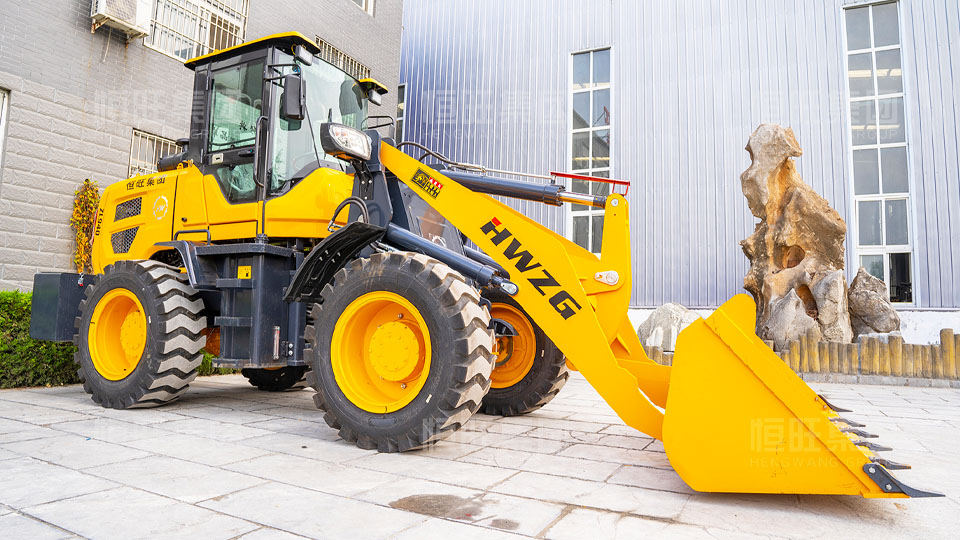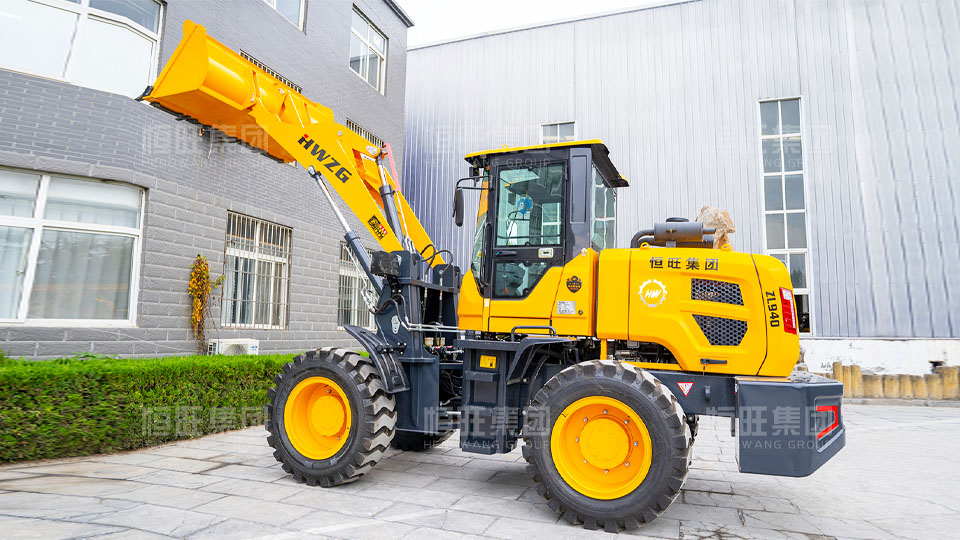Bucket capacity is the core parameter of wheel loaders, directly impacting operational efficiency, costs, and purchase decisions. Before selecting a loader, it’s crucial to clarify the operating scenario, material characteristics, transport distance, etc., to match the right bucket capacity and model.
Classification Criteria for Bucket Capacity
Wheel loaders are categorized into four types based on bucket capacity:
· Small: Below 3 cubic meters, suitable for confined spaces or light-duty operations.
· Medium: 4–5 cubic meters, commonly used in construction projects.
· Large: 15–30 cubic meters, capable of handling large-scale material transport.
· Extra-large: Over 30 cubic meters, designed for ultra-heavy-duty scenarios like mining.
Choosing Bucket Capacity According to Needs
Selecting the right bucket capacity requires considering the operating conditions:
· For lightweight materials (e.g., grains, sawdust), smaller capacities suffice.
· For heavy materials (e.g., sand, gravel, concrete), especially with long transport distances or high-intensity operations, larger capacities reduce round trips and enhance efficiency.
Capacity Adaptation for Different Bucket Types
· General-purpose Bucket: Highly versatile, compatible with all bucket capacity ranges (from small <3m³ to extra-large >30m³). Ideal for various materials and operations.
· Grain Bucket: Designed specifically for lightweight, loose materials. Typically paired with small/medium loaders (≤5m³) to prevent material spillage.
· Multi-purpose Bucket: Wide-ranging functionality with a broad capacity adaptability. Smaller ones handle light tasks; medium ones (4–5m³) manage complex operations like bulldozing, excavation, and backfilling.
· Rock Bucket: Specialized for high-wear scenarios (e.g., mining, quarries). Often paired with large/extra-large loaders (≥15m³) to efficiently transport massive heavy materials.
The choice of bucket capacity directly affects equipment applicability and economic efficiency. By understanding classifications and matching types to needs, you can maximize your loader’s performance.
| Model | Bucket Capacity (m³) | Rated Load (kg) |
| HW-30 | 1.7 | 3000 |
| HW-50 | 3 | 5000 |
In conclusion, always remember never to push a wheel loader beyond its specified limits. Doing so will only reduce its performance efficiency and increase wear and tear on the heavy equipment. Loader bucket attachments can maximize efficiency and productivity.
Looking to unlock the secret to efficient construction? Hengwang's wheel loader, with its powerful engine, wear-resistant tires, and multifunctional boom, effortlessly tackles all kinds of complex working conditions! Whether it's heavy-duty handling in mines or material loading/unloading on construction sites, it's your ideal choice for cost reduction and efficiency improvement!
Click to our homepage and leave an inquiry now to get an exclusive quote and equipment details. Our professional team is online 24/7 to tailor-made construction solutions for you, helping you seize the initiative in engineering projects!


